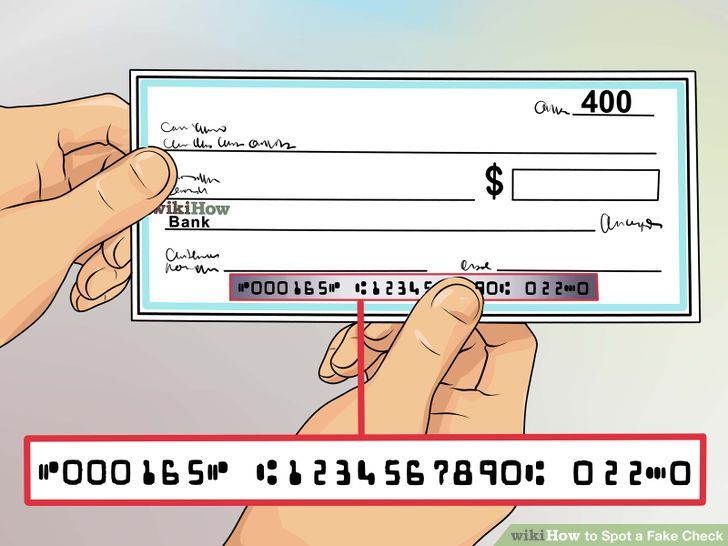Real Tips to Spot Fake Checks
Posted by cross-check on 6th Jan 2017
We may be writing fewer checks than in years past, but we still rely on them for payment at some of our favorite retailers, to pay bills or person-to-person when cash isn't convenient or plastic isn't accepted. Business-to-business payments are very often made by check as they offer companies an affordable way to pay their suppliers and service providers and are easily reconciled with bookkeeping accounts and software. As comfortable as we are with checks, though, consumers and businesses both need to stay alert to fake checks and check scams that cost time and money to recover.

While some fakes are very sophisticated and hard to detect, there are a few tips to follow that can help you avoid getting stuck with a bad check.
Here are some things to watch out for:
- Smooth edges and light weight paper. If all of the edges of the check are smooth, that may be an indication that the check was printed off a computer printer. (Note: some legitimate checks may be printed this way using check stock, MICR ink and business software.) Most legitimate checks will have at least one perforated side. Also feel and look at the paper of the check; it should feel like check stock, which is heavier than copier paper and is designed to stand up to processing equipment. Look for security features in the paper such as a small background pattern that may reveal VOID when photocopied.
- Don't forget the logo and address. Make sure there is a bank logo and that the logo isn't faded or fuzzy suggesting that it was downloaded from a web site or photocopied. Does the bank address appear accurate? A PO box or incomplete address may be a sign that something is not right. Also check for misspellings or typos in the printed information as those errors indicate trouble.
- MICR lines count. At the bottom of every check should be a line of digits that represent the bank routing number, account number and check number that make up the MICR line. MICR stands for magnetic ink character recognition which can be read by check processing equipment and bank check sorting machines. Magnetic ink looks and feels dull - not shiny.
- Check out the numbers. Look for a check number at the upper right corner and confirm that the check number matches the check number in the MICR line. Check numbers need to be in both areas. Also, the routing number should have nine digits, no more and no less.
- See the signature. Stains, gaps or a digitized appearance may mean that the signature was scanned or forged. Checking the signature against the check writer's ID is recommended.
New bank regulations and the growing trend to process checks electronically are extending the life and value of the check system. Checks are one of the most convenient payment methods for businesses and consumers alike and are likely to remain a popular payment method for years to come.
If you are concerned about accepting checks, guarantee services offer businesses protection against NSF checks and can help you identify check fraud.
Sign up for merchant accounts, payment gateways, gift/loyalty cards, merchant cash advance/ loan, check, EBT, Debit and payroll services that we offer through our Online Merchant Application.

